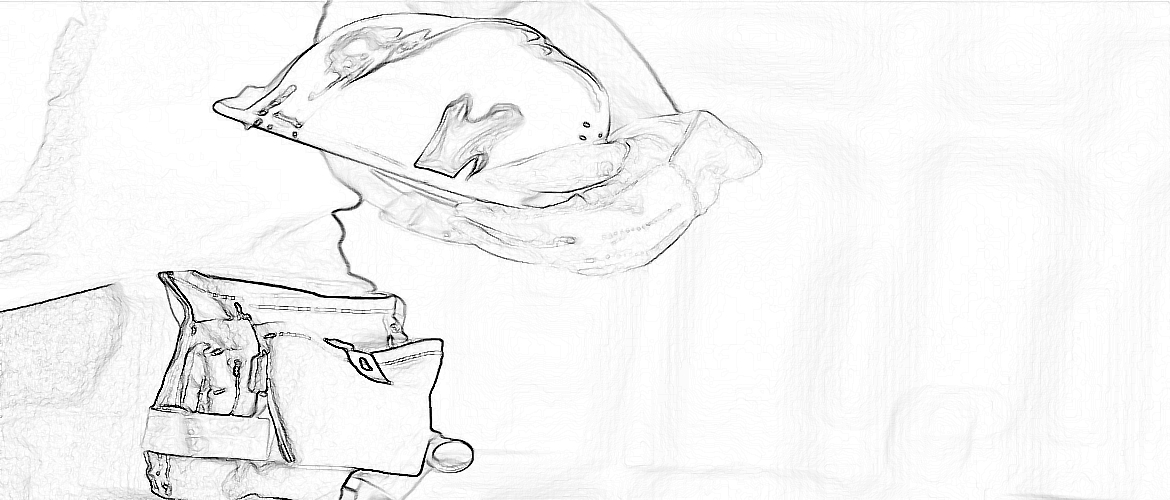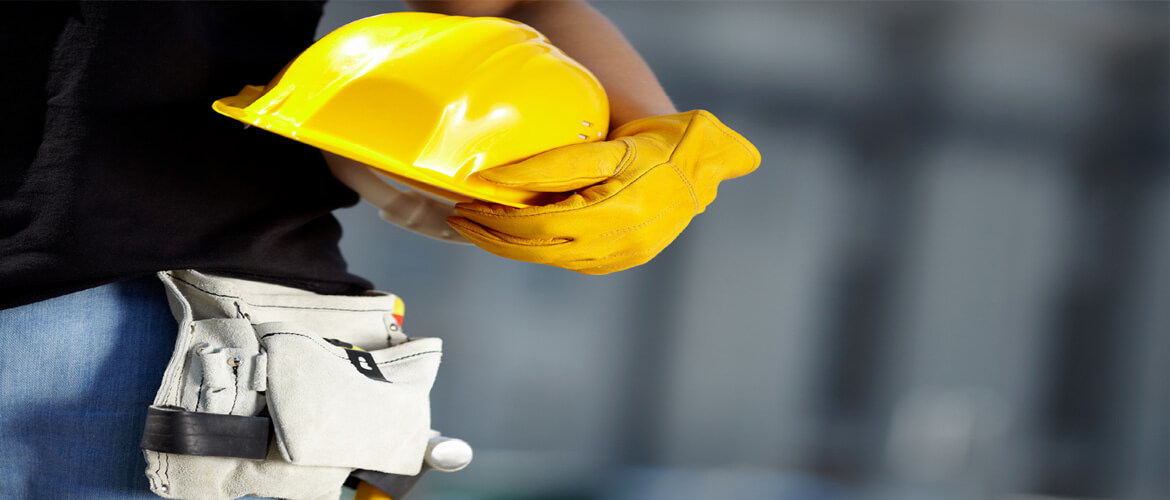A safe and healthful work environment is not only a requirement of organization; it is also a practice which enhance the brand value of a company. The company has a vital interest in maintaining a safe, healthy and efficient workplace for the benefit of its employees, clients and the public. The use of performance impairing drugs can cause avoidable injuries to employees, damage to property and productivity losses. In our efforts to provide a safe workplace, we have a substance abuse policy.
Reporting for work or working under the influence of alcohol or illegal substances is prohibited. The use, possession, transfer or sale of illegal substances, alcohol, or any other substances which impair job performance or pose a hazard to the safety and welfare of the employee, the public, or other employees is strictly prohibited and may result in immediate disciplinary action as outlined in our company policies and procedures.
WORKING AT HEIGHT
- The Vision House work involve working on tower / height for equipment installation, alignment and testing etc. working on tower / height has risk of falling objects , tools and individual if not adequately protected.
- So, Personnel working on tower / must roof /height must have attended requisite training & medically fit.
- Full body safety harness, Helmet, anti slippery shoes must be used.
- Adequate protecting clothing is must in winter / cold weather. Tower / must metallic structure is earth properly for discharging the lightening energy Safely.
- Always keep 3 points of contact (2 feet & 1 hand or 2 hand & 1foot ) when climbing / working on ladder to reduce risk of falling.
- While lifting the load, make sure that angle between strap is not more than 90 at point where they are attached to lifting device.
EXCAVATION FOR TRENCH
- Required PPE's have to be used during excavation for trench, Safety helmet, Safety shoes, Hand gloves, Goggle & Dust mask are compulsory.
- Permit to work should be taken before start the job as per requirement.
- Identification of underground utilities & services, including requirement for verification by the appropriate person that the area has been inspected for underground services/utilities.
- Inspect excavation to verify compliance with applicable regulatory requirements and the site-specific excavation plan.
- Where employees or equipment are required to cross over excavations, 6 feet or more above lower levels, walkways or bridges with standard guardrails will be provided as fall protection.
- Use guardrails or barricades to mark the limits of the work area. If an excavation is left unattended in populated areas, use guardrails or barricades sufficient in size to prevent unintentional entry.
- All personnel engaged in work activities, shall be given orientation/training including orientation to excavation safety.
- After completion of job, all tools & tackles are removed from equipment, The work area should be left clean & tidy.
WORK RELATED TO HEAT
- Hot work is a term used to describe heat and spark producing operations such as welding, flame cutting and grinding. There are two specific workplace hazards associated with this:
- Open flames or flying sparks that are able to ignite any flammable gases and vapors; and the hot work itself may produce toxic fumes and gases.
- After completion of job, all tools & tackles are removed from equipment, the work area should be left clean & tidy.
- All these points are explained to the employees working and also to the supervisor so that no injury occurs.
WORKING AT A CONFINED SPACE
- It can be any spaces of an enclosed nature where there is a risk of death or serious injury from hazardous substances or dangerous conditions (e.g. lack of oxygen).Some confined spaces are fairly easy to identify, e.g. enclosures with limited openings: storage tanks; silos; reaction vessels; enclosed drains; sewers.
- Size of entrance should be big enough to allow workers wearing all the necessary equipment to climb in and out easily, and provide ready access and exit in an emergency.
- All the Electrical/Air/Hydraulic Equipment/Drives should be disconnected. Ensure the potential for high or level of oxygen. After completion of job, the work area should be left clean & tidy.
- All these points are applied while working at such a project.
EQUIPMENT SAFETY (MOBILE)
- All operators of mobile equipment are required to be adequately trained and evaluated by a qualified supervisor or instructor in the operation of any mobile equipment which they are required to operate.
- While identifying the hazards associated with the equipment, Site-specific issues to be considered include: width of travel lanes, material storage within workplace and traffic patterns in the workplace.
- Operator's medical fitness & equipment's physical fitness should be checked periodically. Mobile equipment is required to be inspected and maintained in accordance with applicable legislation, standards and manufacturer's specifications.
- Operator Safety
- Do not exceed posted speed limits; if not posted, then ask management. Do not make sharp turns or swings; always understand the center of gravity of the machine. Do not exceed rated loads Honk at intersections before proceeding; always make sure there is a clear line of sight.
- Wear seat belts and Personal Protective Equipment, as required. Understand company policy on right-of-way. So that there is no injury occurs while working.
- Machine Safety Guidelines
- Inspect the function of the doors / hinges, hydraulic hoses, nuts / bolts, condition of tires and other areas. Verify lights, gauges, horns and other similar equipment are in working order; verify fluids are at required levels.
- Ensure there are no obstructions or debris in the equipment before starting and the vehicle is free from leaks of any type. Make sure the operating manual has been reviewed before operating any equipment.
- Inspect the condition of the ground for holes, obstructions, dips and uneven surfaces. Inspect the condition of walls, racks, vertical and overhead storage.
- Verify the area is well lit or can be illuminated with vehicle or machine lighting. Always identify pedestrians and other vehicles and verify they see you.

